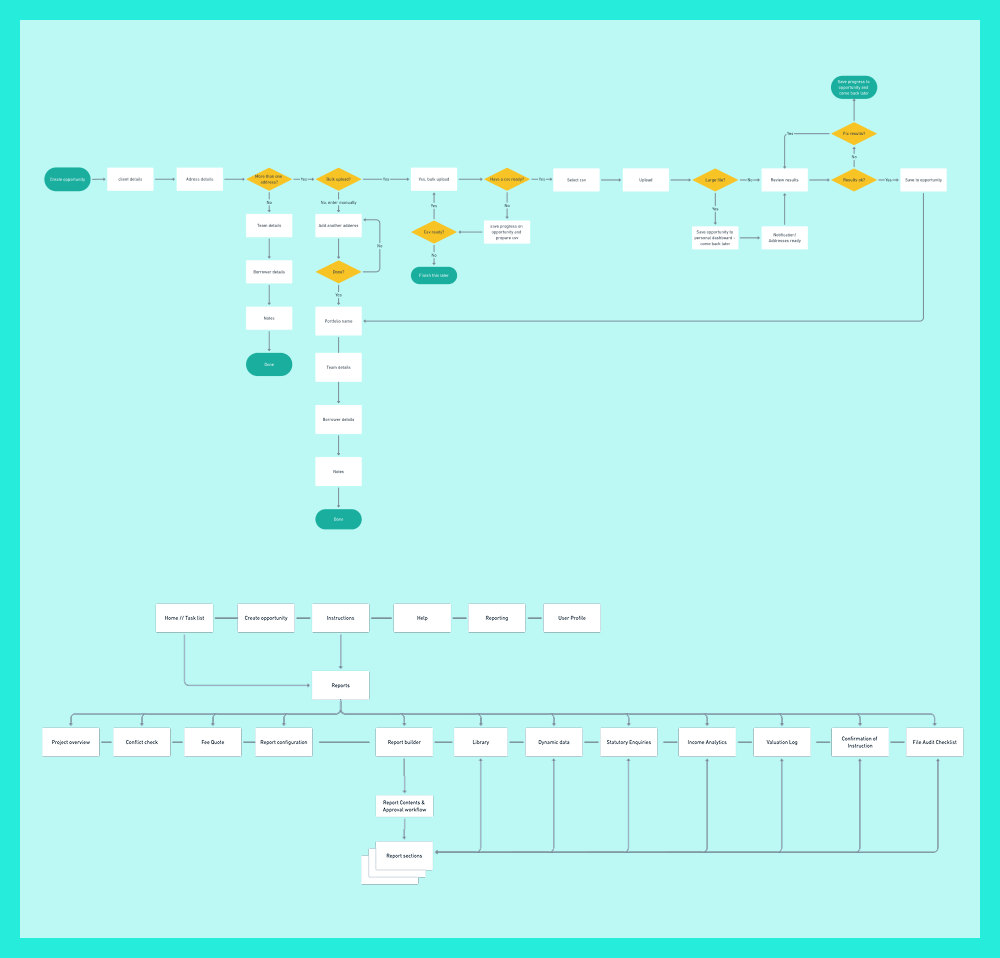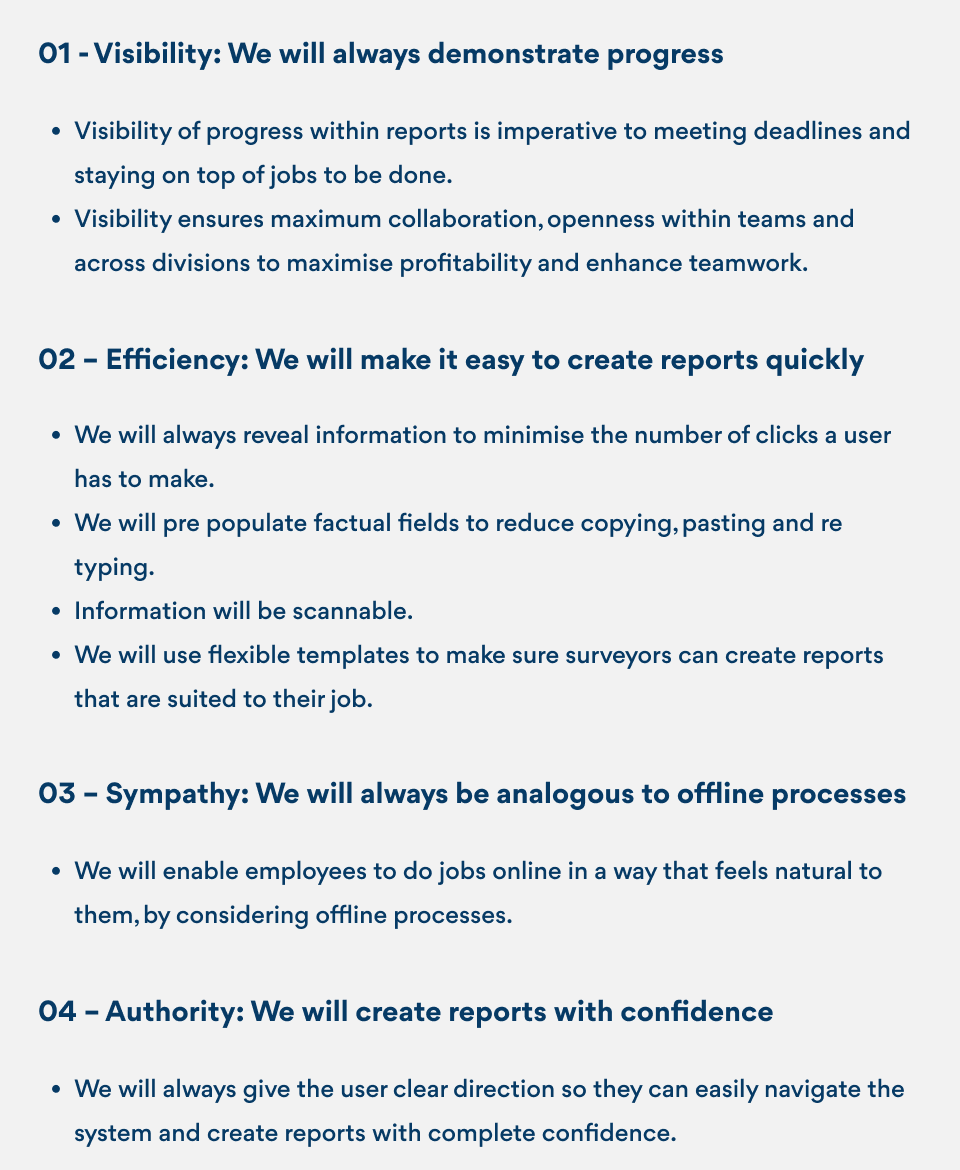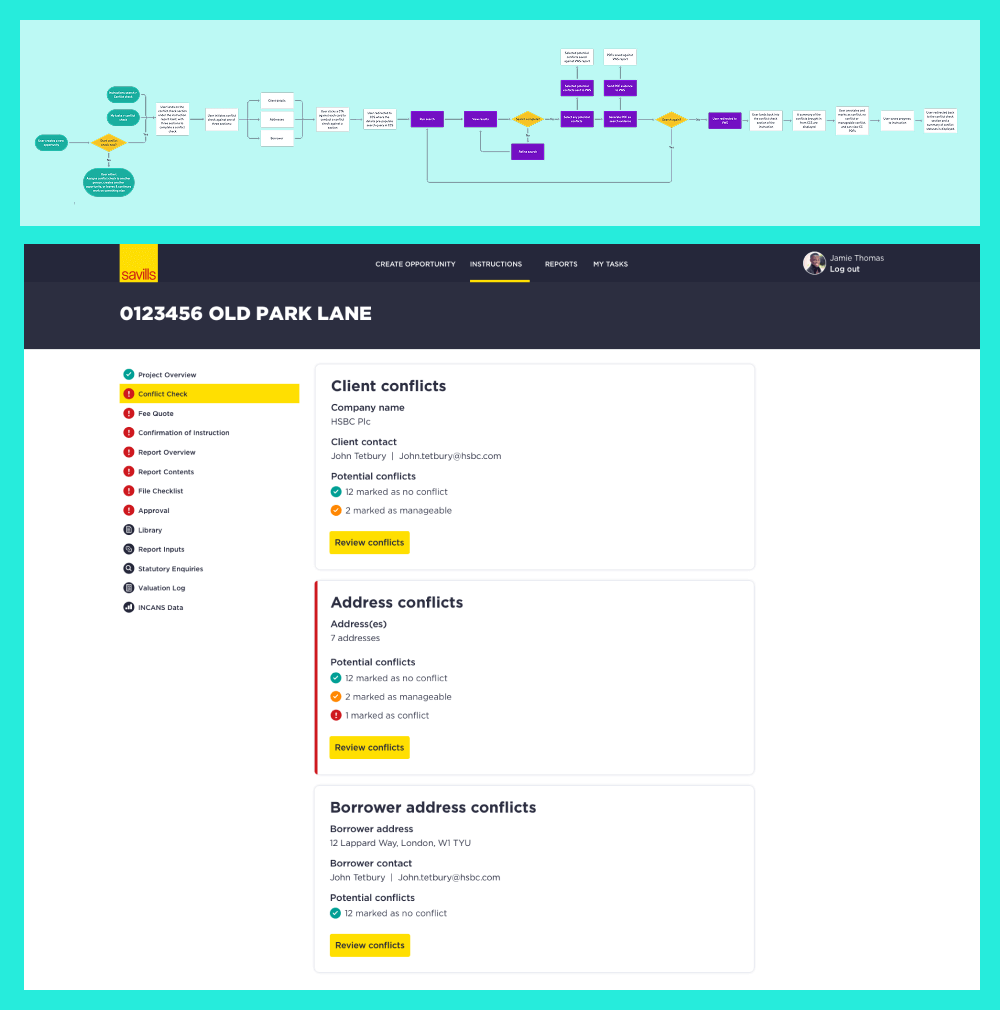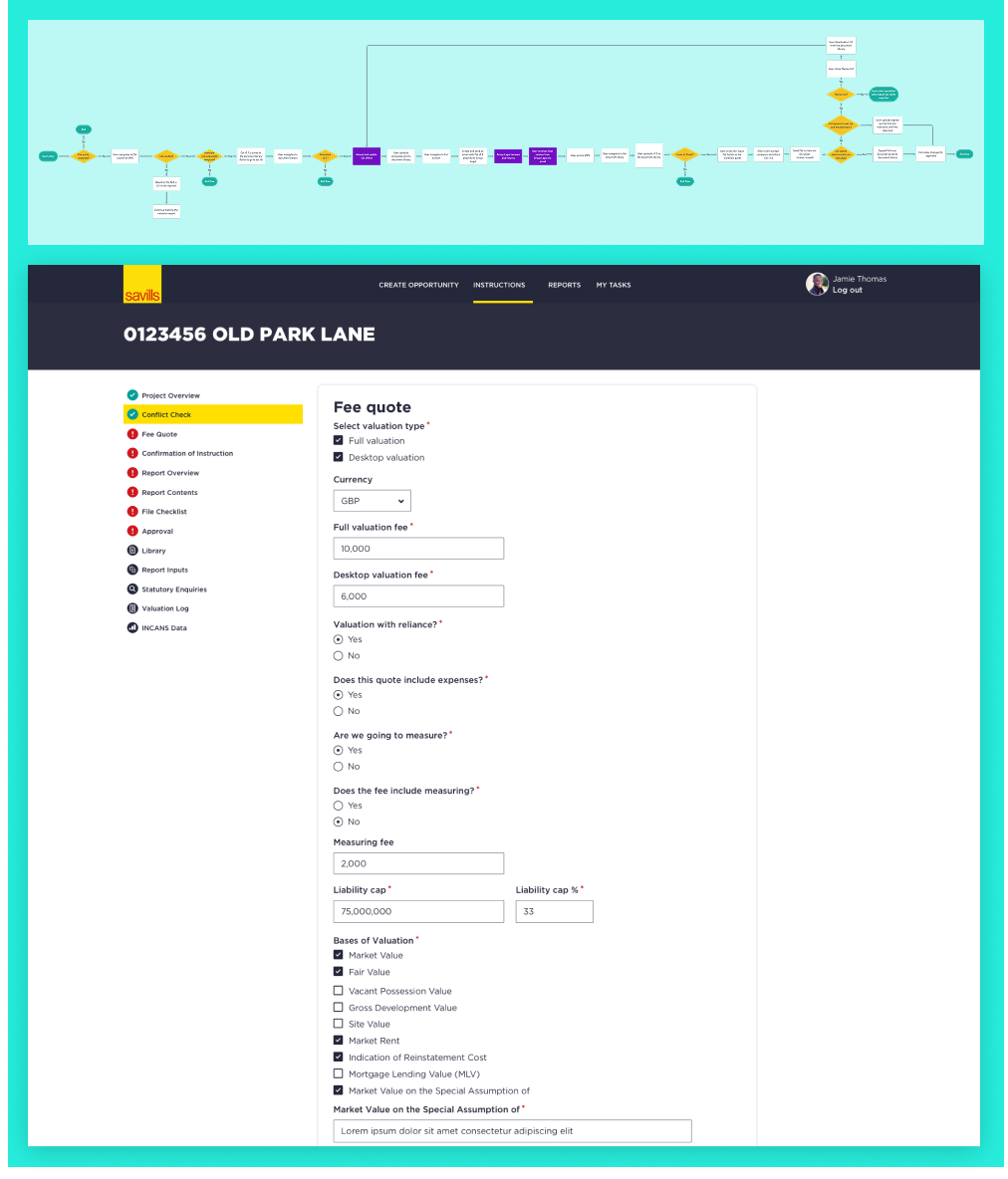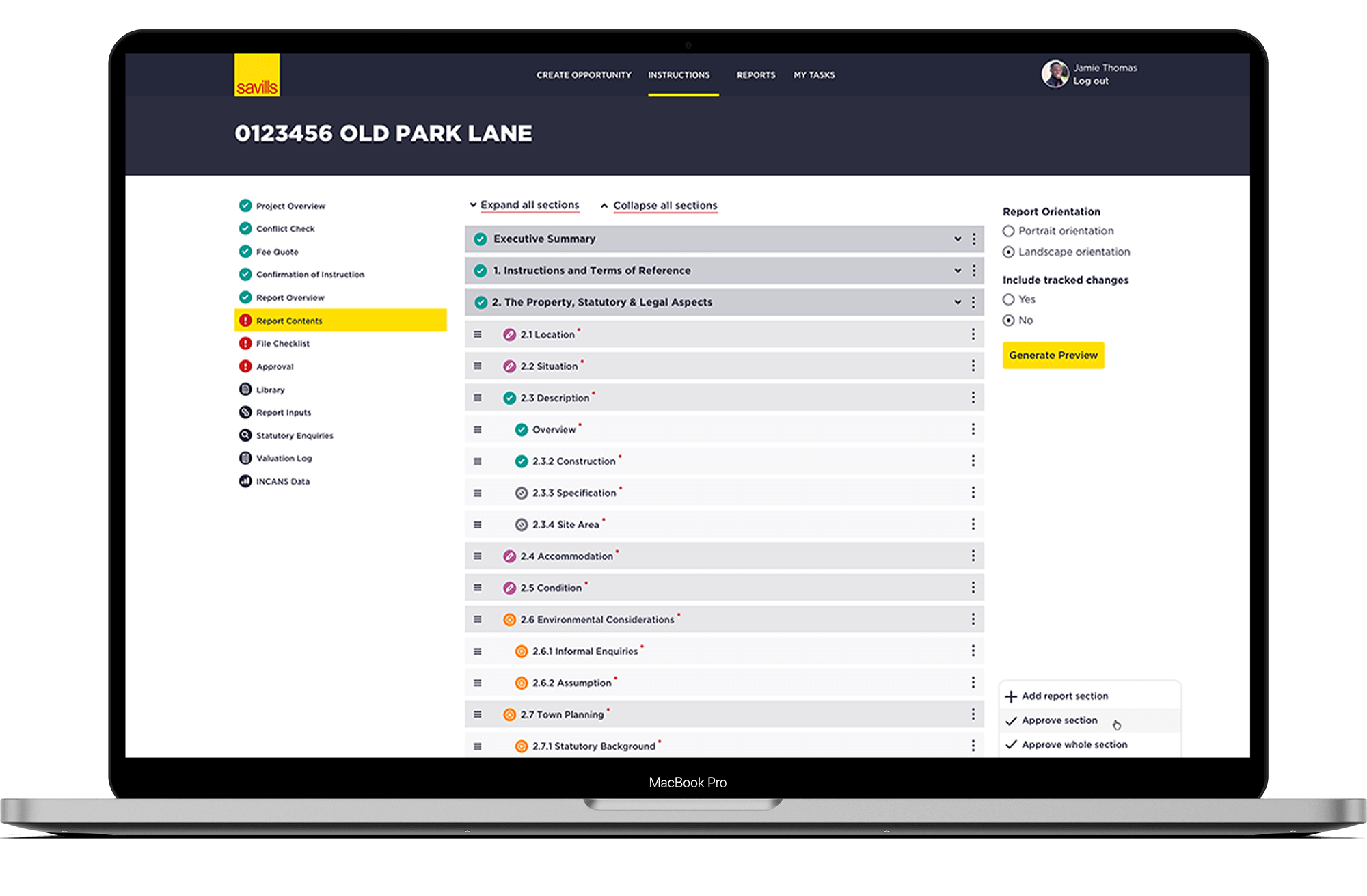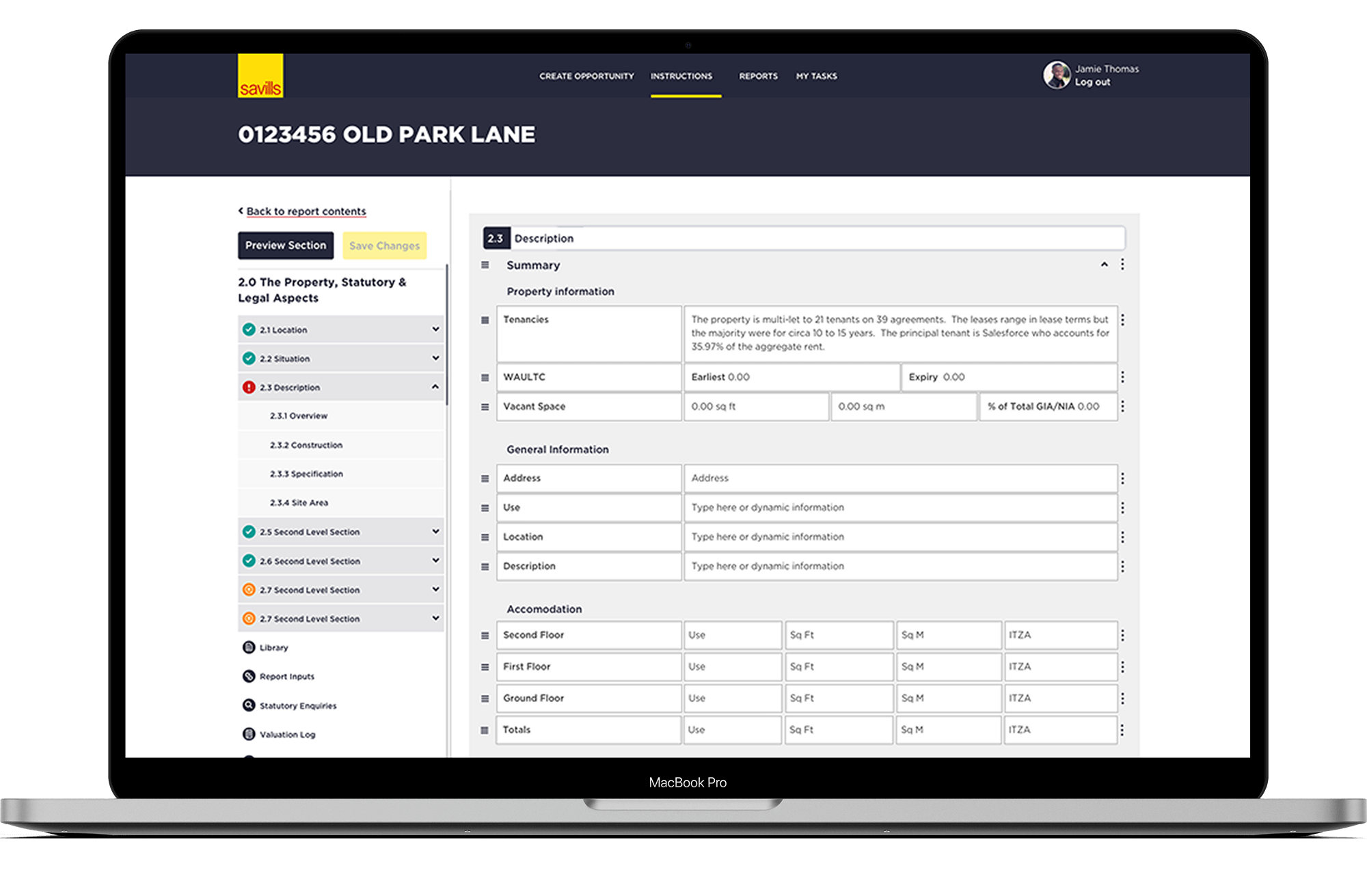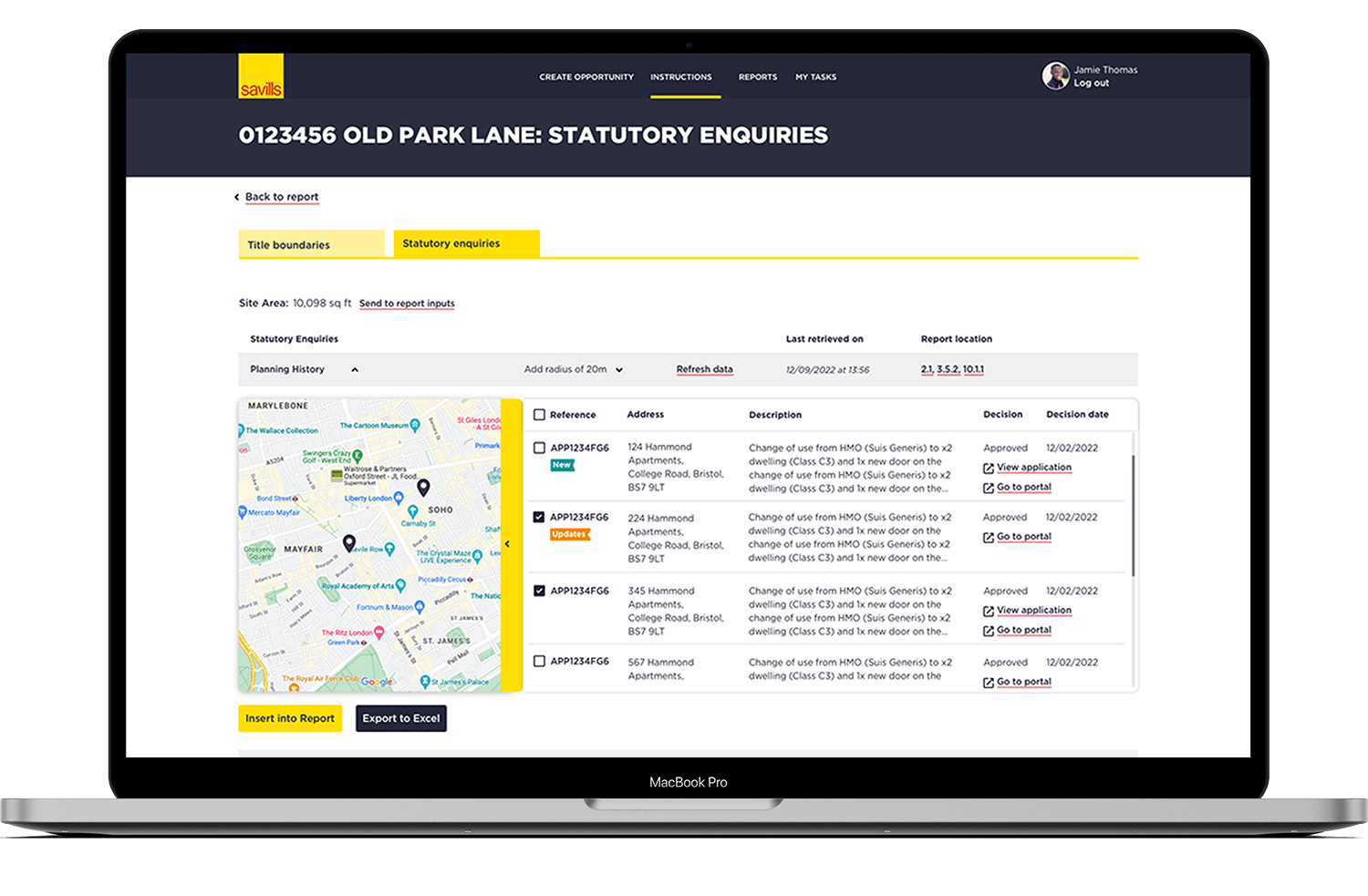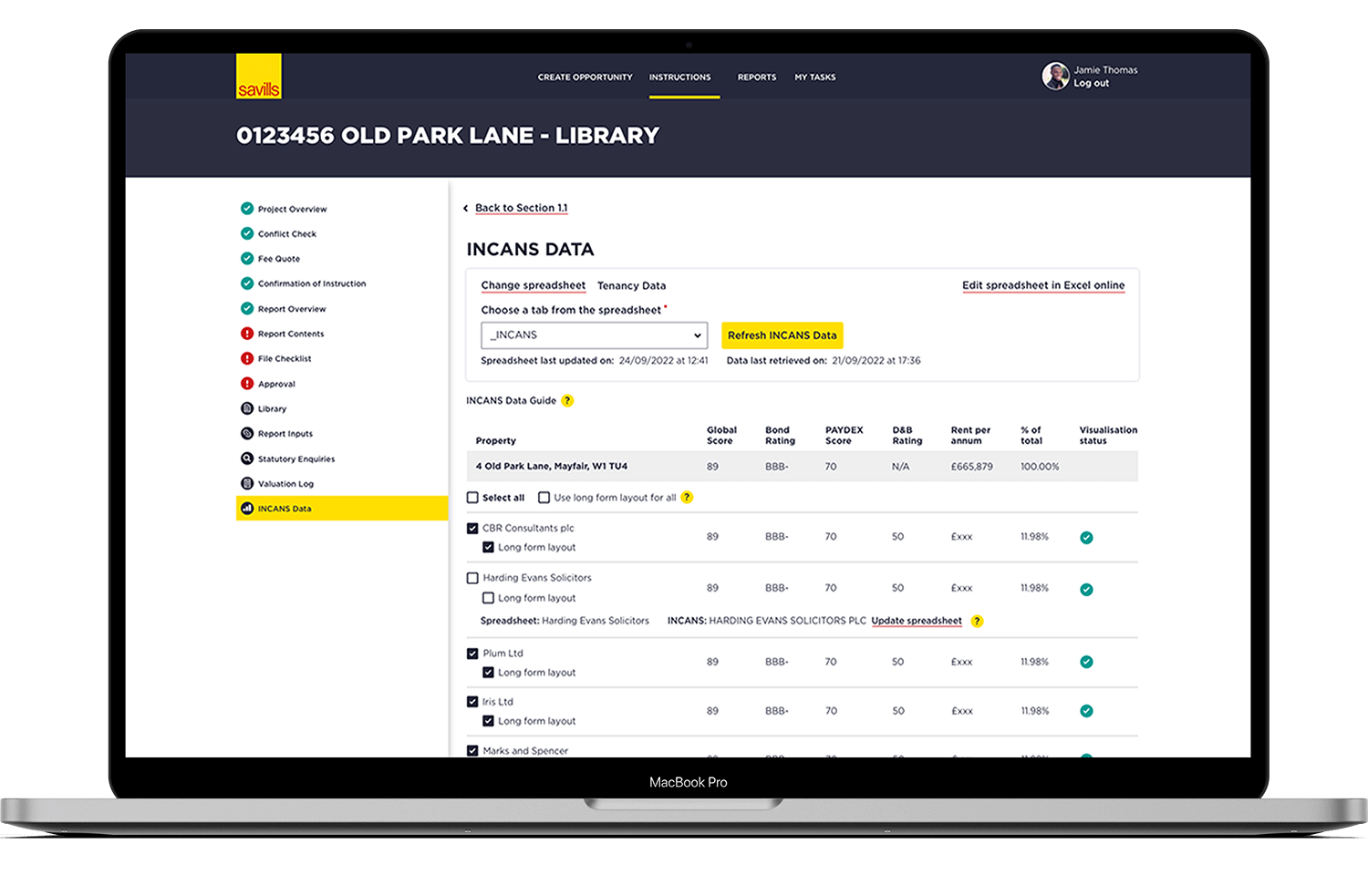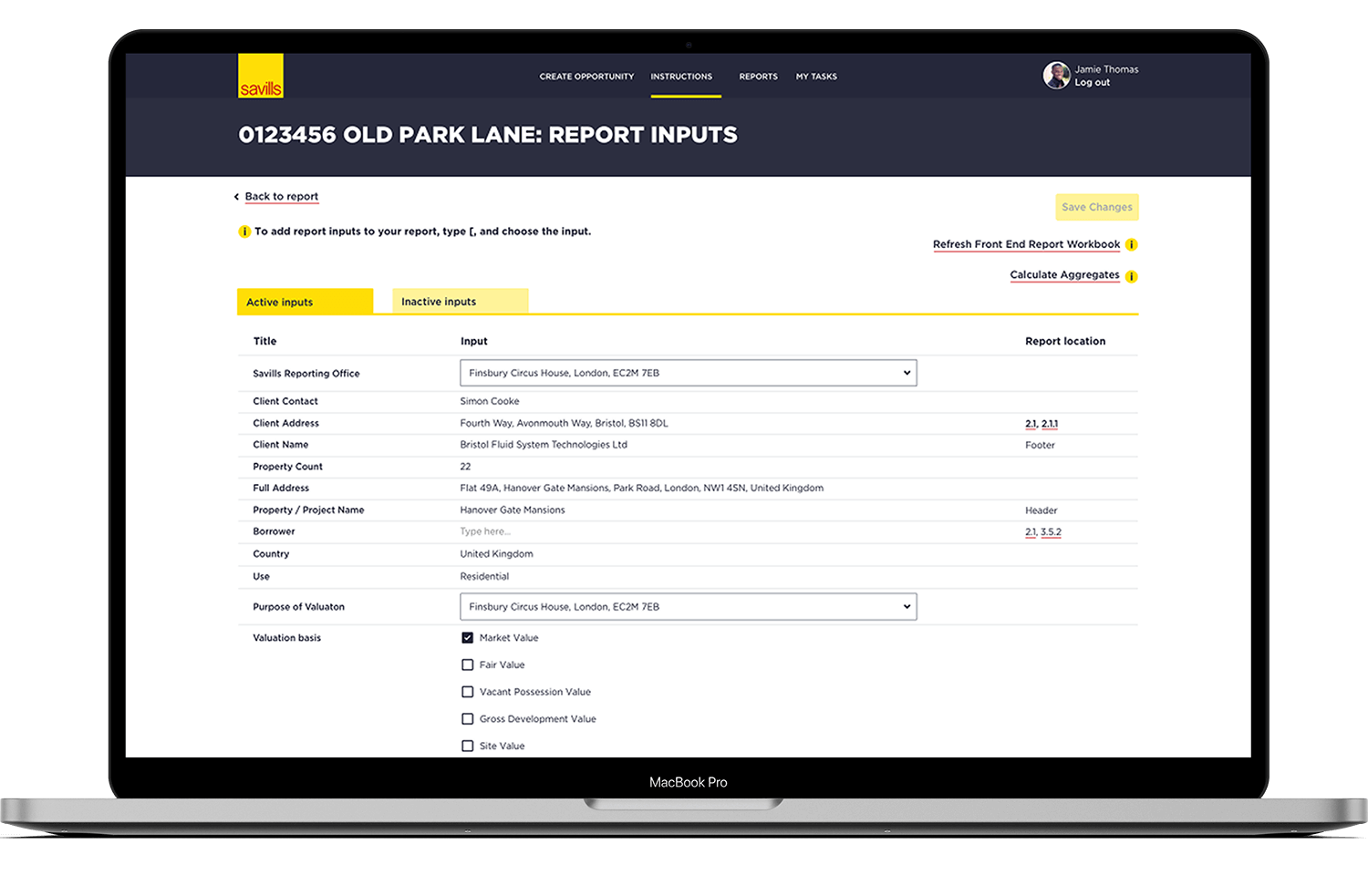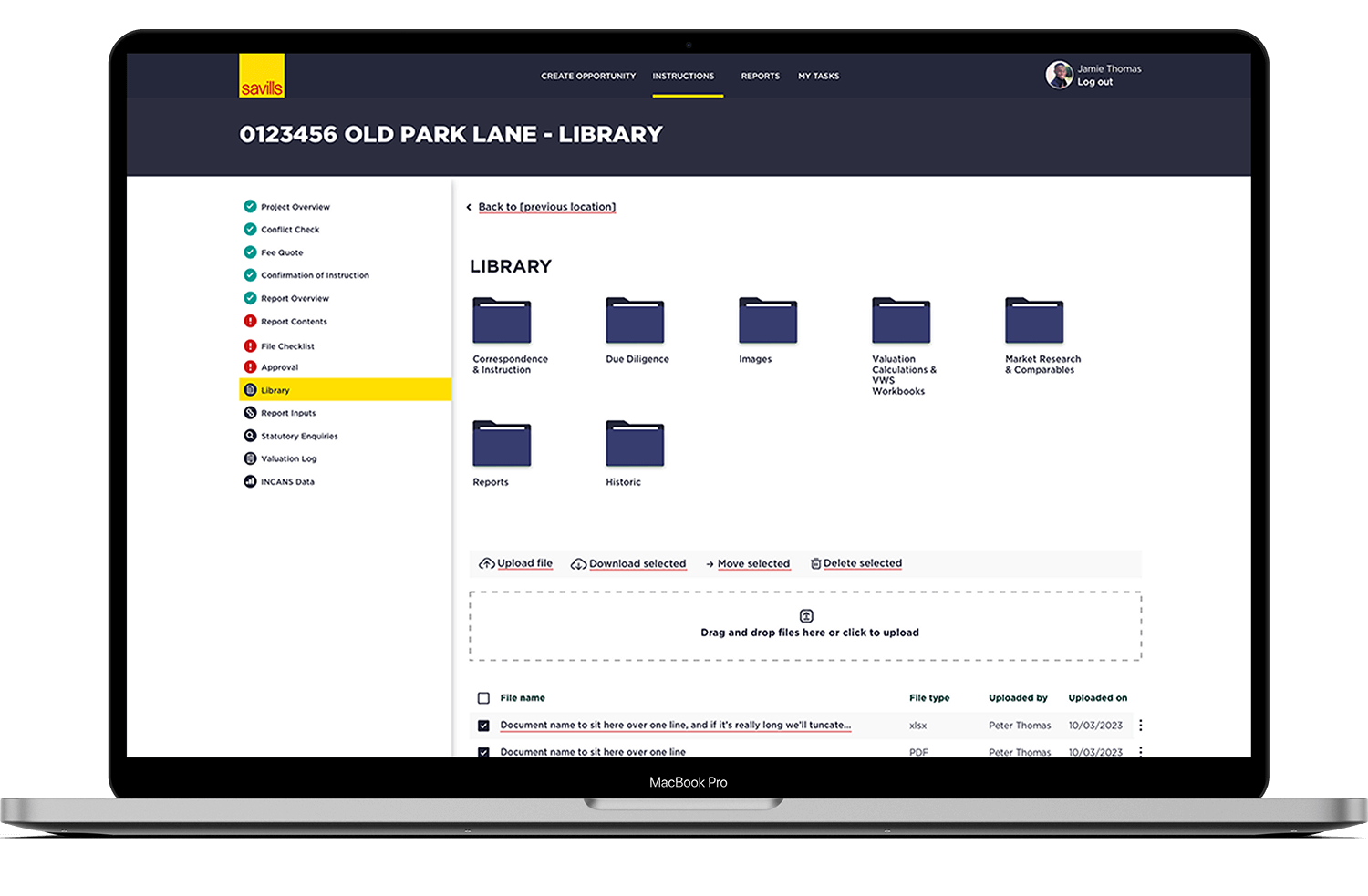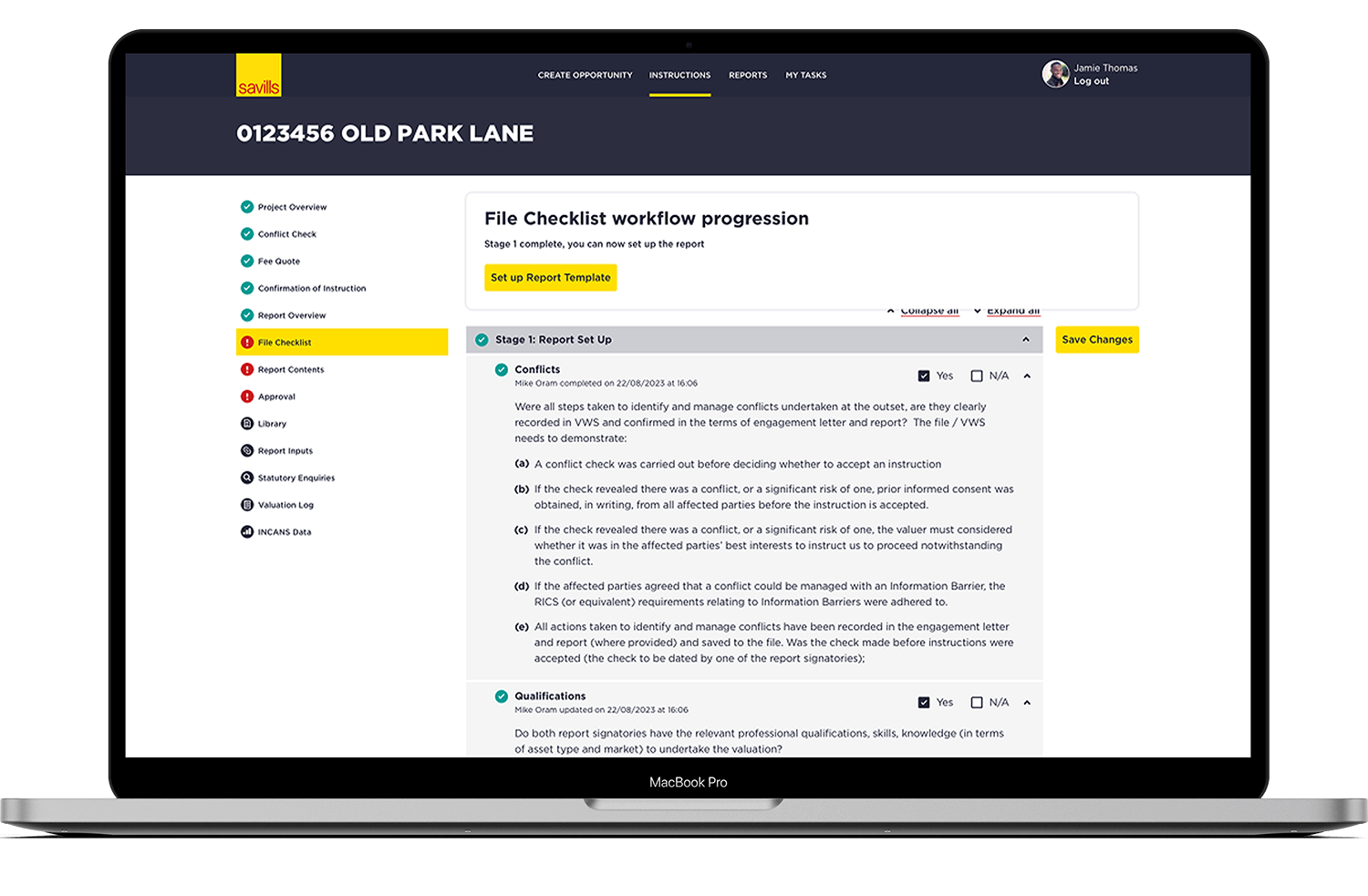Listening to Valuers
We began by talking to valuers, hearing how they worked each day, the shortcuts they relied on and the frustrations they lived with. Every valuer did things their own way, but the challenges were the same: repetitive tasks, clunky tools and reports that never quite looked right.
Mapping the journey revealed exactly where the process stumbled and where we could make a difference. These insights set the stage for a system that worked with valuers, not against them, freeing them to focus on meaningful valuations and client relationships.

